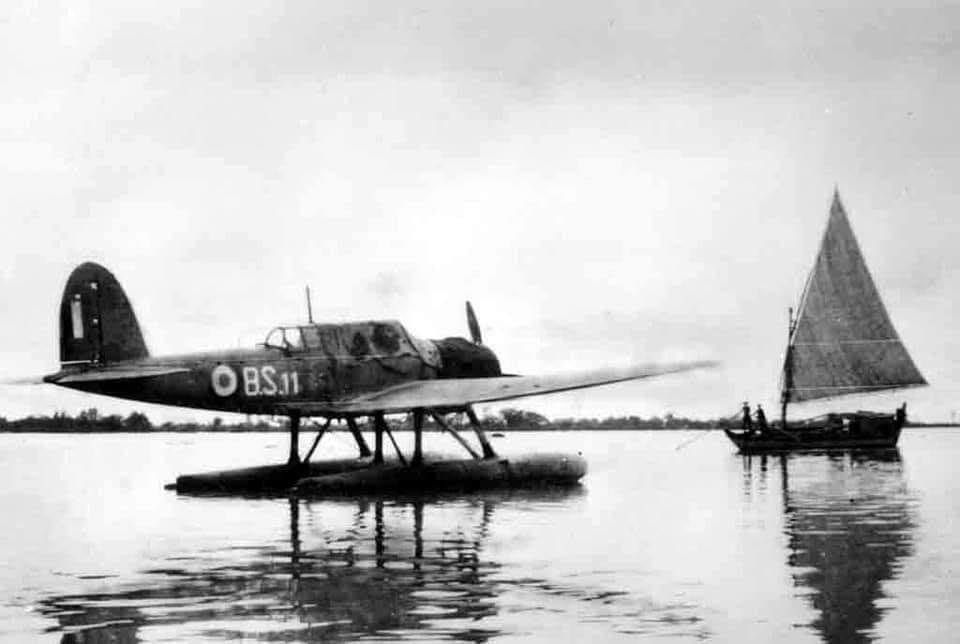- Joined
- Apr 2, 2017
- Messages
- 37,947
- Points
- 463
Japanese fighter ace Takeo Tanimizu on Okinawa with his Mitsubishi A6M.

Tanimizu also showed compassion as a fighter pilot, once zooming in low and throwing his life preserver to U.S. Marine Captain Harvey Carter of Glendale, California, who had just been shot down and was swimming in the ocean. Although he served his Emperor to the best of his abilities and survived the war and eventually lived to a ripe old age, Tanimizu all through the rest of his years was to lament his actions and pray nightly at the small Buddhist altar in his home for the souls of the men he had killed.


Tanimizu also showed compassion as a fighter pilot, once zooming in low and throwing his life preserver to U.S. Marine Captain Harvey Carter of Glendale, California, who had just been shot down and was swimming in the ocean. Although he served his Emperor to the best of his abilities and survived the war and eventually lived to a ripe old age, Tanimizu all through the rest of his years was to lament his actions and pray nightly at the small Buddhist altar in his home for the souls of the men he had killed.







